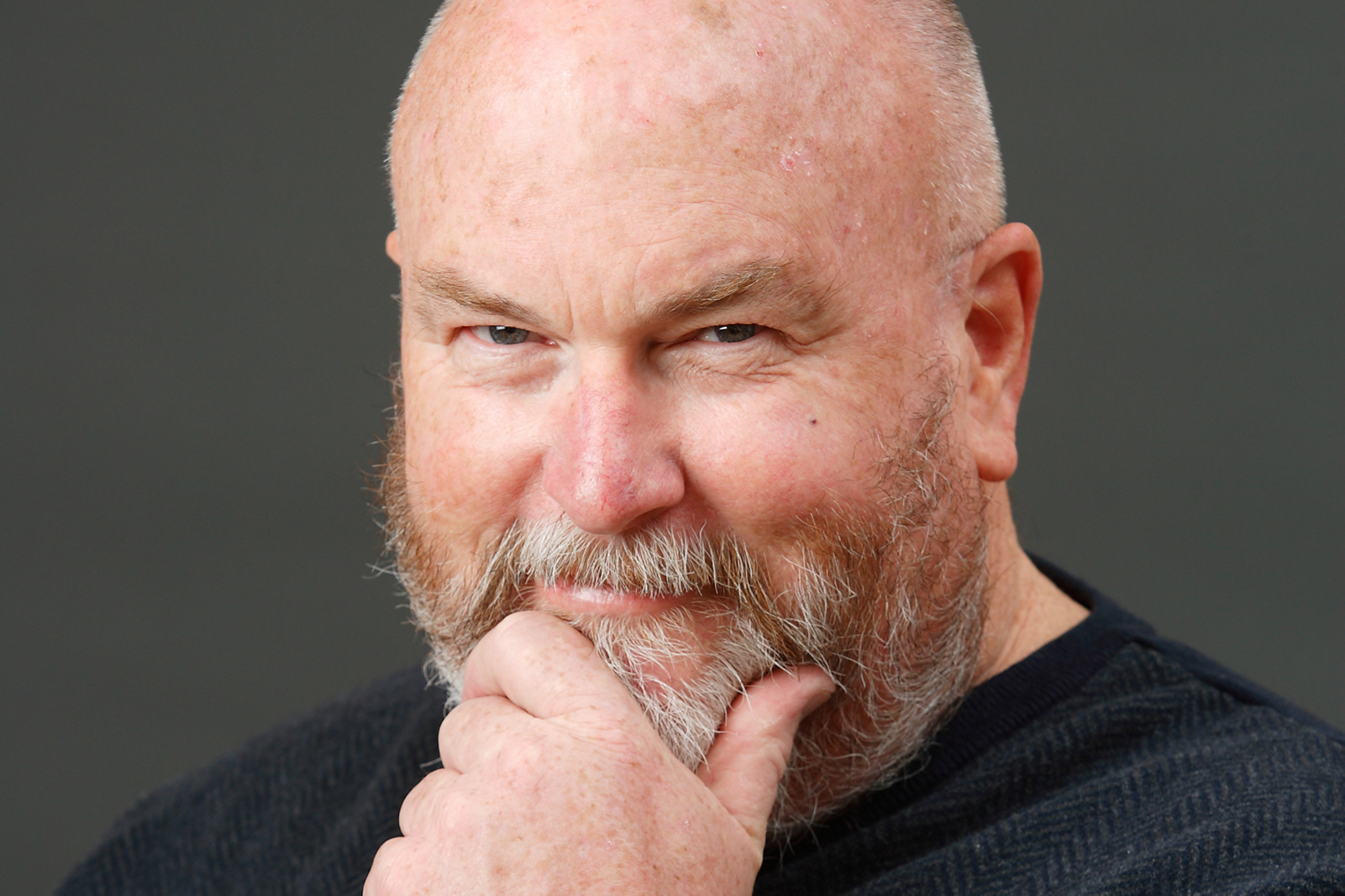Amplifying cell signals for potentially lower cost stem cell interventions

Posted
28 Apr 16
Editor’s Note: Ostrow faculty members Drs. Malcolm Snead and Yan Zhou were among the authors of “Supramolecular Nanofibers Enhance Growth Factor Signaling by Increasing Lipid Raft Mobility,” published on April 12, 2016 in Nano Letters, which has an impact factor of 13.592. We asked Dr. Snead to share his scientific discovery with our community.
Cell signaling occurs through specific receptors — proteins that are embedded in the outer membrane of cells — that are like antennas receiving signals, except the receptor is able to bind specific molecules and start a chain of events that change the cell’s physiology.
These receptors link the cells to the outside world. The receptors capture a molecule that serves as a signal for that kind of receptor. This causes the receptor to start a chain of complicated events that, in turn, causes other changes in the cell that are often in the form of new genes being expressed and/or other previously expressed genes being shut down.
This is a huge event for a cell. The signal-receptor event changes the protein in the cell and changes the cell’s identity in terms of what it can do. The cells are different after receiving the signal.
These kinds of signal events happen especially in development or in healing and repair process with a disease. While development and disease usually occur at different times in the life of a cell and the organism in which it resides, both development and healing from diseases use mechanisms very similar or identical to one another.
Often, other cells in the body make the signal molecules needed to interact with the receptors that change the gene expression in the cell — like a telephone call (molecule/signal) to a specific office (cell and receptor) getting the message that it is time to go to lunch (change in function).
Sometimes, the molecules that serve as a signal are not abundant enough to activate the receptor on the cell (ie. the phone does not ring, and no signal goes through). Having a lot more molecules that can signal is one solution to this — but this is like a lot of people calling with the same message. So many messages (signals) can cause problems or unwanted consequences to the person in the office (cell and receptor).
In this analogy, too many calls results in a lot of other cells getting the message in addition to the ones you wanted to get the message. If you were planning a lunch party, that may be good, but if you really wanted a focused lunch meeting to talk about a specific problem in the office (like how to heal) too many other cells doing the same thing could spoil the event.
The same is true in healing. Too many signals can alter the healing response and create other problems that have to be corrected, like neoplasia, uncontrolled growth of cells.
What we (including professor Sam Stupp at Northwestern University and members of his team) have learned to do from our research is to provide a chemical molecule in the form of a peptide amphiphile that amplifies the signal from one cell, so that we can use less signal and still get the same response or even a better response.
In therapeutic circumstances involving healing, where a large number of cells must receive the signal, the cost of the signal can drive therapy expenses up, limiting the utility of the therapy to those who can afford it. Worse, the excessive signal may even trigger that overabundant response, causing problems to the patient.
We can change the fundamental way the cell “hears” by amplifying the signal. This is done by speeding up how fast the membrane moves. Membranes are constantly flowing, like water on the surface of the Earth. Faster membrane movements (increased fluidity) allow more receptors to be in proximity to one another, and this proximity allows one signal molecule to start the molecular conversation needed for healing. This can provide lower cost, less complications and more access to effective treatments.
Read Snead and Zhou’s paper: Supramolecular Nanofibers Enhance Growth Factor Signaling by Increasing Lipid Raft Mobility